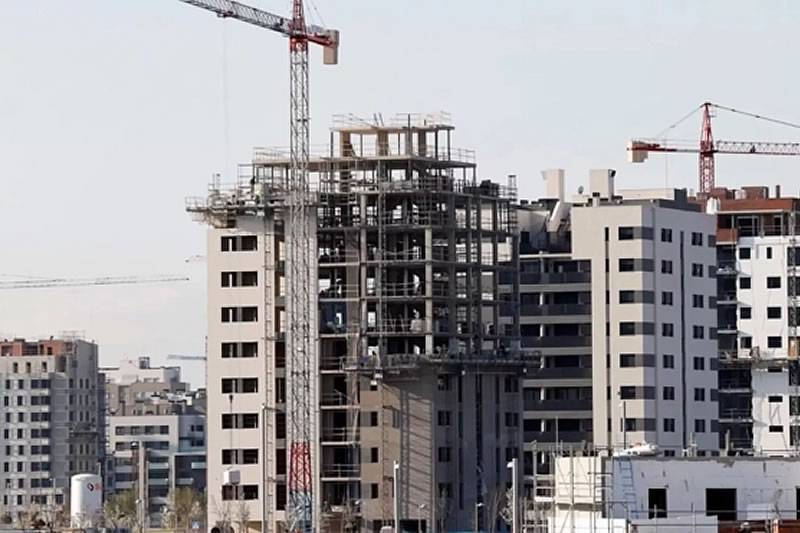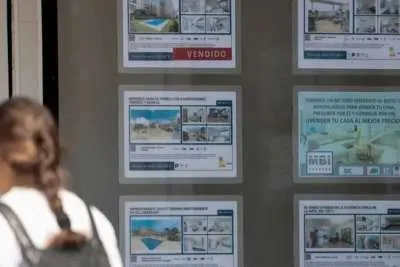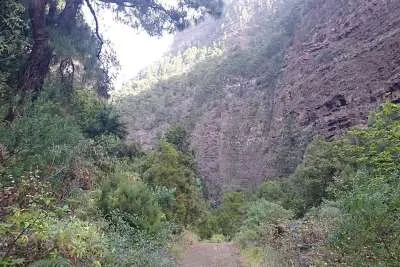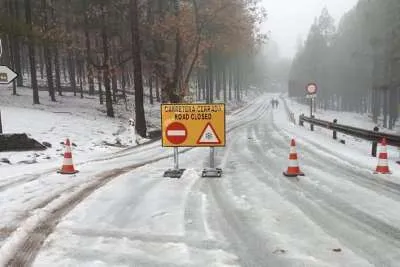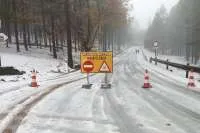Canary Islands Housing Crisis: 50,000 homes needed, but only 2,900 built annually
- 31-01-2025
- National
- Canarian Weekly
- Photo Credit: Efe
The housing crisis in the Canary Islands has reached a critical level, with the region requiring 50,000 new homes by 2030, while the current construction rate lags at just 2,900 per year.
In response, the Association of Property Developers and Builders of Las Palmas (AECP) has issued a stark warning, demanding urgent action to tackle the severe housing deficit.
AECP President Salud Gil has called for an urgent financial push, stating that funds must be found "under every stone" to address the issue. She criticised the current political handling of the crisis, describing it as a "political squabble" rather than a matter of national importance.
Gil argued that the core problem lies not in a lack of resources but in poor management and ineffective policies that fail to incentivise housing development. She is urging authorities to reinstate successful housing schemes from 1981 to 1999, which provided government-backed loans for developers and buyers, direct subsidies for down payments, and other incentives that improved access to housing.
Housing Shortage Impacting Essential Services
The shortage of affordable housing is now harming key sectors such as healthcare, education, and tourism, as professionals struggle to find accommodation in the islands.
While the regional government has introduced measures to accelerate construction and renovation, the AECP believes these fall short of what is required. The association has therefore called for a fourfold increase in the housing budget, making use of:
- Unused regional funds
- European investment programmes
- Additional state funding for the Canary Islands' housing needs
Proposals to Boost the Residential Rental Market
To expand the supply of rental properties, AECP suggests:
- Encouraging land-use rights: Allowing private developers to build on public land.
- Using business investment funds: Leveraging the Canary Islands Investment Reserve (RIC) for housing projects.
- Purchasing unfinished buildings: AECP recommends that Visocan (the regional public housing company) acquire unfinished or renovated buildings and manage them as affordable rental properties.
- Creating mid-market housing: Introducing "concerted housing", which would be privately developed but priced affordably, expanding the market beyond public housing schemes.

Reducing Bureaucracy to Speed Up Construction
The AECP also criticised the excessive bureaucracy involved in building homes in the Canary Islands. Developers must navigate 14 different fiscal processes before a home can be delivered, which significantly increases costs and delays construction.
To accelerate projects, they propose introducing basic building permits that could be processed within 30 days, allowing construction to begin before obtaining full urban planning approval.
The AECP maintains that financial resources exist to resolve the housing crisis but are not being allocated effectively.
"There is plenty of money, but no political will to use it for this issue," Gil concluded.
With rising demand, unaffordable prices, and a supply shortage, the Canary Islands' housing crisis remains unresolved. The construction sector has put forward its proposals, now, it remains to be seen whether authorities will take decisive action.
Other articles that may interest you...
Trending
Most Read Articles
Featured Videos
A Vision of Elvis Tenerife Promo
- 10-05-2025
TEAs 2025 Highlights
- 17-11-2025


